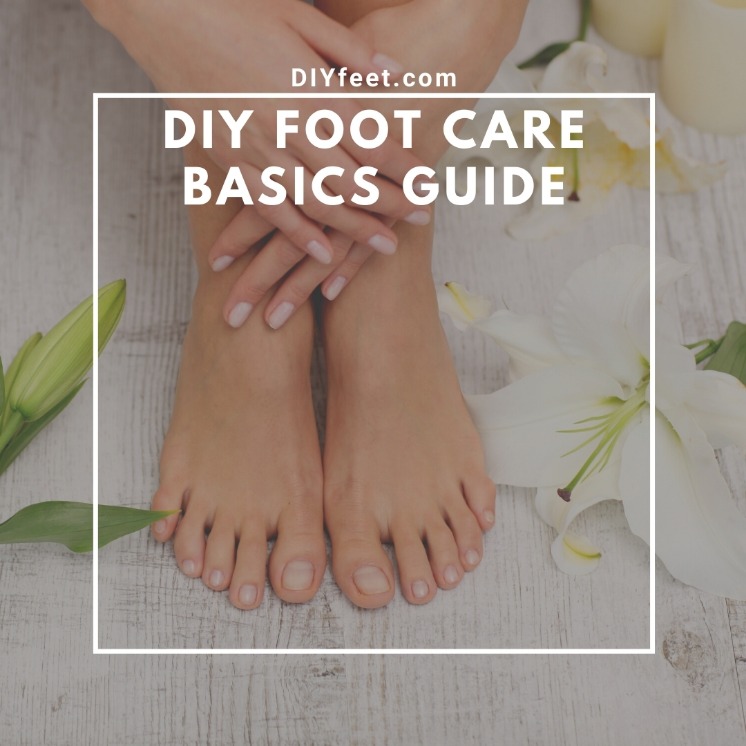Great grooming starts long before the first pass. The difference between a crisp fade and a choppy cut often comes down to the tool in your hand. Whether you’re a first-time home barber or refining a studio setup, understanding what makes a clipper perform—and how to use it—translates directly into cleaner tapers, sharper outlines, and consistent results.
What Separates a Great Clipper from a Good One
Power isn’t just about speed; it’s about torque. High-torque motors prevent snagging and maintain blade speed through dense patches of hair. Rotary motors balance torque and longevity, while magnetic and pivot motors can deliver impressive speed with lower weight. If you often cut coarse or thick hair, prioritize torque and thermal management to avoid heat buildup on longer sessions.
Blade Geometry and Materials Matter
Blade quality dictates cutting feel and finish. Stainless and high-carbon steel offer durability and easy maintenance. Ceramic stays cooler and holds sharpness longer but can be more brittle. Coatings like DLC reduce friction and heat, improving glide. Taper blades are forgiving and versatile; fade blades sit flatter and closer, enabling super-tight transitions and precise bald fades. If you plan to zero-gap, do so carefully and check symmetry to avoid irritation or micro-nicking.
Corded vs. Cordless
Corded setups deliver unwavering power with no downtime, ideal for high-volume use. Cordless models with modern Li-ion packs provide 90–240 minutes of runtime, fast top-ups, and consistent output until near depletion. Look for smart battery indicators, replaceable batteries for longevity, and well-balanced bodies to reduce wrist fatigue.
Controls, Ergonomics, and Noise
A click-lever gives repeatable, predictable fades across clients; a floating lever offers nuanced micro-adjustments for advanced blending. Weight distribution and grip texture matter more than raw grams—an evenly balanced clipper feels lighter mid-cut. Noise and vibration fatigue the hand and break client comfort; sealed housings, quality bearings, and tight tolerances help keep things smooth and quiet.
Essential Maintenance for Peak Performance
Clean after every session. Brush away debris, then apply clipper spray to disinfect and cool. Oil the blade rail and teeth tips with a drop or two, run the motor briefly, then wipe excess. Check blade alignment monthly; microscopic shifts alter cutting lines. Store guards in order so you never guess at lengths. Replace worn blades when you notice tugging despite proper oiling.
Blueprint for a Clean At-Home Fade
Start with clean, fully dry hair. Map your fade heights—temple peaks, occipital bone, and mastoid area should match left to right. With the lever open and a higher guard, establish your baseline. Create your lowest guideline with the lever closed and no guard for a skin-tight zone (or switch to a trimmer/foil for ultra-slick). Erase lines in stages: lever closed to mid to open, moving up a few millimeters at a time. Use short, scooping strokes to blend. Switch to corner cutting for stubborn shadows and calics, and stretch the skin for a smooth surface around the ears and nape. Finish with detailing around the perimeter for a crisp silhouette.
Matching the Tool to the Task
If you’re just starting out, versatile hair clippers with a dependable motor, a taper lever, and a complete guard set will cover 90% of hairstyles. For shoppers chasing performance and convenience, the best hair clippers for men pair long battery life with high-precision blades and clear weight balance for all-day comfort. Studio-focused users who need rugged durability and uptime might favor barber clippers designed to withstand daily disinfecting, repeated drops, and constant runtime. When absolute precision, longevity, and top-tier materials are non-negotiable, consider professional hair clippers engineered for power, endurance, and edge retention.
Common Mistakes to Avoid
Don’t cut saturated hair with standard guards—water collapses texture and skews length, leading to uneven results. Avoid over-tightening zero-gapped blades; excessive closeness raises irritation risk. Skipping oil quickly dulls blades and stresses motors. Rushing your blend without lever discipline almost guarantees banding—commit to systematic passes and clean, consistent strokes.
Accessories That Elevate Results
Premium guards with metal clips lock tighter and track truer than budget plastics. A magnetic mat keeps tools steady and clean. Use a barber comb with fine teeth for scissor-over-comb refinement and to find lingering shadows. Keep a dedicated cleaning brush, blade oil, and disinfectant within easy reach to maintain flow during cuts.
The Bottom Line
Precision comes from the trio of quality hardware, sharp maintenance, and disciplined technique. Choose a clipper with the motor, blade, and ergonomics that match your cutting style; keep it clean and oiled; and practice measured lever work for seamless blends. With the right setup, you’ll move from “good enough” to consistently sharp, shop-grade results at home or behind the chair.




